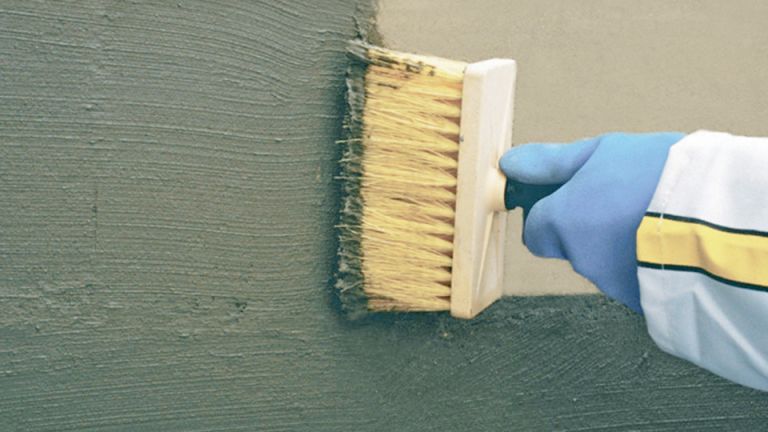Cement waterproofing is widely used in construction to protect structures against water leaks.
As we all know, cracks in concrete can occur for a variety of reasons. If the width of the crack is greater than 0.2 mm, there is a possibility of water infiltration into the concrete.
For this reason, when building a water storage structure, it is necessary to protect it against water leaks.
First, let's discuss the main types of waterproofing.
- Cementitious waterproofing
- Weldable membrane (Bituminus type)
- Crystal clear sealing
In this article we will discuss cement waterproofing. What is cement waterproofing, why do we need it, etc.?


What is cement waterproofing
As the name suggests, cement sealers are cement-based products used to protect structures. When mixed and applied, they act as a membrane and prevent water movement.
It must have the following properties.
- Freeze/thaw resistance
- Good adhesion
- Good abrasion resistance
- Low absorption through concrete.
Why do we need cementitious waterproofing?
To protect the structure from moisture and prevent water from entering through cracks, cement waterproofing is necessary.
Furthermore, they are used in water storage structures to withstand a certain pressure exerted by water pressure when there are cracks in the wall.
What are the advantages of cement-based waterproofing
- Easy to handle and mix
- Application can be manual or spray
- Comparatively low cost compared to other types
- Weather resistance – most of them can be used in exposed conditions
- Non toxic


There are different types of cement waterproofing with different properties. Technological development has made this product more useful in the construction industry.
Cement waterproofing is also known as plastic modified cement waterproofing.
Application and testing
- After cleaning, the surface is examined. Check surface irregularities. They must be filled with mortar or a mixture of cement and sand.
- To avoid sharp turns, an angled strip should be attached to the corners. Applying cement caulk to corners without an angle strip can cause bulging, which can cause the caulk to crack or affect its durability.
- Waterproofing must be applied in two directions. After application in one direction, it must dry. After some time, the second layer must be applied vertically.
- Let the waterproofing dry.
- A pond test is then performed. Testing is carried out in accordance with the design specification or as instructed by the engineer.
- After completion of the pond test, a protective screed must be placed. The minimum thickness of the protective screed is 10-15 mm of cement/sand layer.
The following figure shows typical sealing details.


For more information about types and details of waterproofing, you can consult the following articles.
- Typical building fence details
- Foundation waterproofing
- Concrete waterproofing

